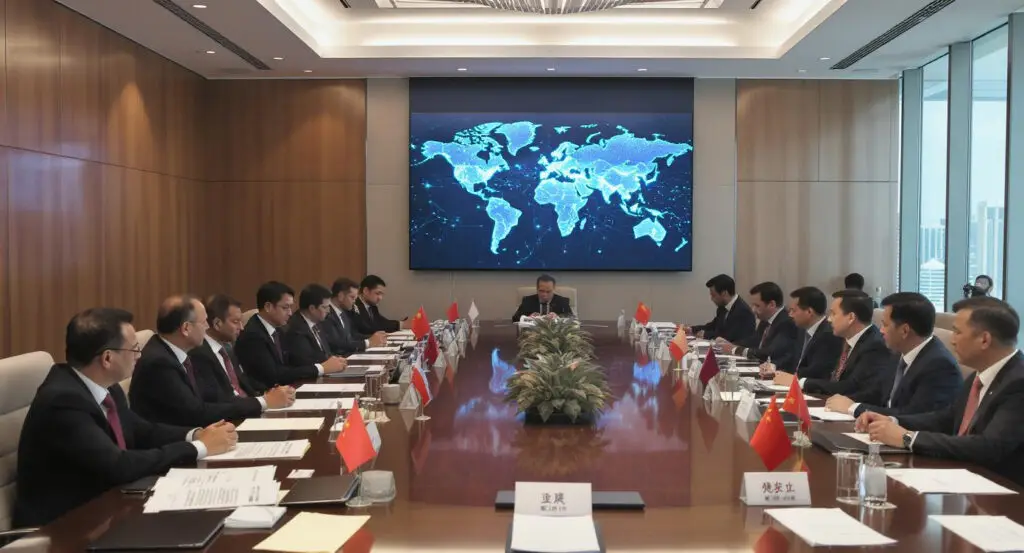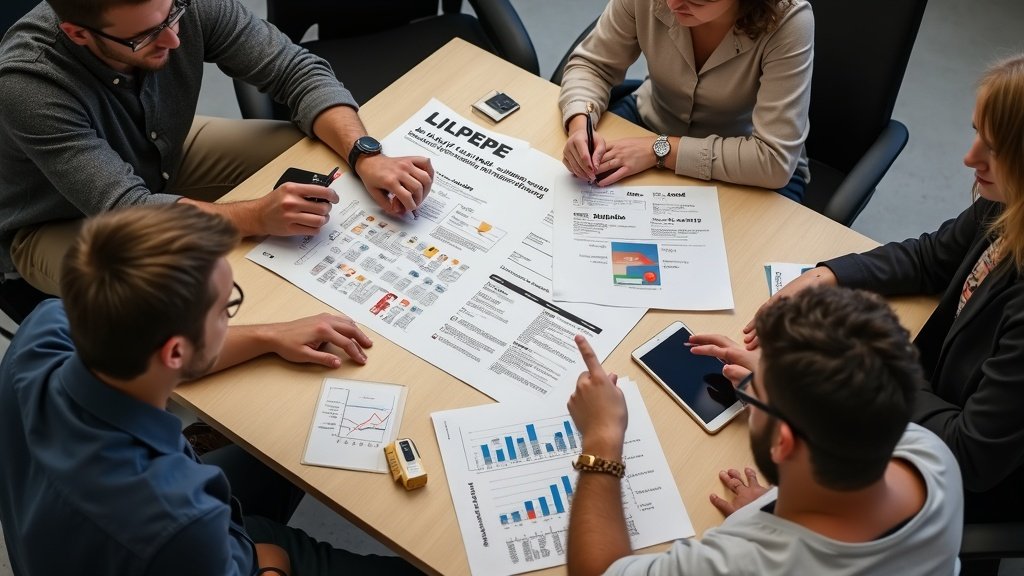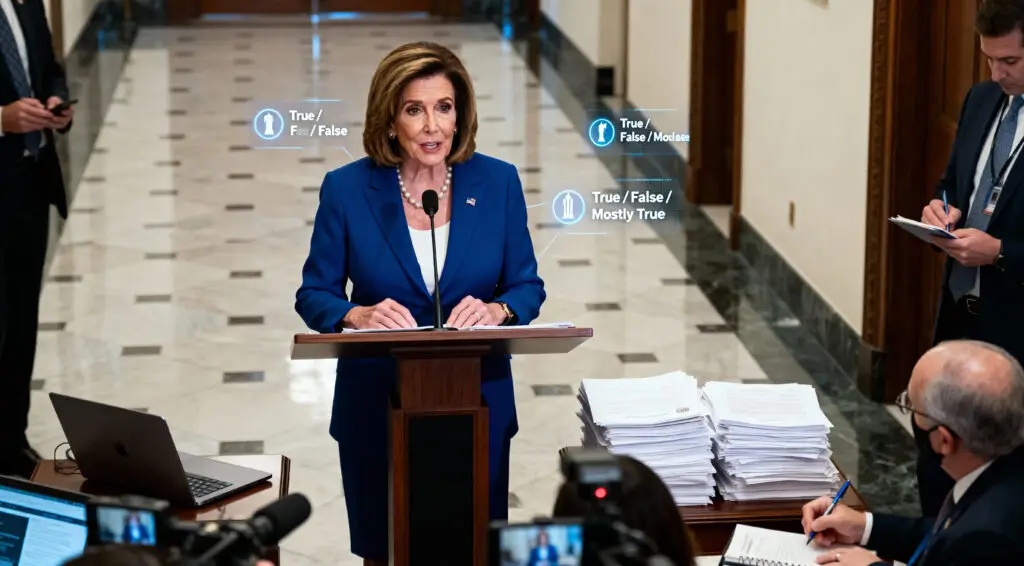China’s Push for Global AI Governance
At the recently concluded World AI Conference (WAIC) in Shanghai, artificial intelligence companies demonstrated a growing alignment with the U.N.-backed “AI for Good” initiative, signaling a shift from idealism to urgent reality. The event showcased diverse AI technologies, from video generators to humanoid robots, emphasizing development focused on social impact, inclusivity, and ethical governance, not just efficiency.
Drawing around 1,200 representatives from 30 countries and over 800 global exhibitors, WAIC highlighted China’s increasing desire to shape global AI governance. At the opening ceremony, Chinese Premier Li Qiang announced an initiative to establish a global AI cooperation organization, the World Artificial Intelligence Cooperation Organization (WAICO), stressing the need for a widely accepted global governance framework for AI.
Geoffrey Hinton’s Warning: The ‘Pet Tiger’ of AI
During a keynote speech at WAIC, Geoffrey Hinton, widely recognized as the “Godfather of AI,” issued a stark warning against the unchecked proliferation of artificial intelligence. He likened AI to a pet tiger, stating, “Generally speaking, keeping a tiger as a pet is not a good idea.” Hinton elaborated on the limited choices available once such a powerful entity exists: either train it to be harmless or eliminate it. However, he emphasized a critical distinction with AI: “For AI, we have no way to eliminate it.” This cautionary analogy underscored the urgent need for robust safeguards and inclusive oversight to manage AI’s rapid expansion, warning that without proactive measures, humanity might unwittingly fall prey to its potential risks.
Embracing ‘AI for Good’ Initiatives
Companies participating in WAIC and beyond are actively embracing the “AI for Good” initiative through various strategies. These include developing socially impactful technologies, designing inclusive products, and forming cross-sector partnerships.
The shared goal is to ensure that AI serves the broader public interest while promoting ethical, transparent, and responsible innovation. At the expo, AIsphere Technology showcased its AI video platform, PixVerse, which was honored as an Outstanding Case in the “Productivity” category at the U.N.’s AI for Good Global Summit 2025. PixVerse, with over 60 million global users, empowers content creators to produce cinematic-quality videos by simply uploading a photo or entering text, democratizing video creation for a wider audience.
PixVerse: Democratizing Digital Storytelling
PixVerse exemplifies how AI can be leveraged for social good by democratizing digital storytelling. Jaden Xie, co-founder of AIsphere, highlighted the team’s aim to equip people from diverse regions, backgrounds, and income levels with accessible digital storytelling tools for self-expression. Traditionally, video creation has been inaccessible to many due to the need for professional skills, expensive equipment, and significant time commitments. Xie noted that in most countries, fewer than 10% of social media users actively create video content. He expressed hope that AI could help billions worldwide who have never created a video to communicate, share their lives, or tell their stories, making video creation universally accessible. This focus on accessibility underscores a key tenet of the “AI for Good” movement.
AI Agents Go Mainstream: A Shift in Focus
The rapid transition of artificial intelligence from proof-of-concept demonstrations to large-scale, real-world applications is a significant driving factor behind the current shift in focus. 2025 is widely regarded as the year when large-scale AI agent applications have become mainstream, a change readily apparent at WAIC. Zhang Xiaojuan, vice president of Shanghai-headquartered AI firm Midu, noted that “Last year, the focus was still on the parameter scale and technical architecture of large models. This year, the attention has shifted to how these models are being implemented and the effectiveness of their real-world applications.” This evolution highlights a maturing AI industry where practical implementation and tangible impact are now prioritized alongside theoretical advancements, demanding developers prioritize safety, fairness, and public benefit alongside innovation.
Ethical AI in Practice: Ant Group’s Approach
Han Xinyi, CEO of fintech giant Ant Group, an affiliate of Alibaba, emphasized the importance of ethical AI in practice during his keynote speech at WAIC. He stated that AI-powered services must be “professional, personalized, and automated,” stressing that AI applications should bridge both digital and physical worlds. Ant Group focuses on three vertical sectors—life, finance, and healthcare—with the goal of building services accessible to everyone. Han highlighted the company’s commitment to making breakthroughs in intelligence that benefit the everyday lives of ordinary people. He acknowledged the multiple challenges still facing AI development but expressed optimism that the integration and innovation of various technologies would raise the baseline for AI, ensuring its responsible and beneficial deployment across society.
The Imperative for Global AI Governance
The World AI Conference 2025 underscored the urgent need for global AI governance and ethical oversight as the technology rapidly expands. China’s proposal for a World Artificial Intelligence Cooperation Organization (WAICO) reflects a growing international consensus on the necessity of a unified framework. Warnings from experts like Geoffrey Hinton highlight the critical risks of unchecked AI, reinforcing the “AI for Good” initiative’s emphasis on safety, fairness, and public benefit. Projects like PixVerse demonstrate AI’s potential for positive social impact through democratization of tools.
As AI agents become mainstream, the focus shifts to real-world application and ethical implementation. The discussions at WAIC highlight a pivotal moment where technological advancement must be balanced with robust governance to ensure AI serves humanity responsibly.
Read more: China’s AI Boom: Reshaping the Global Tech and Geopolitical Landscape























